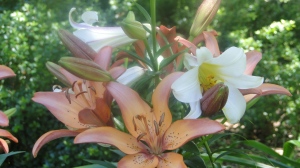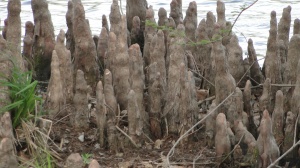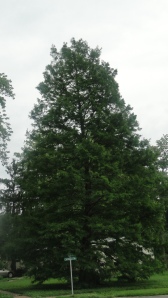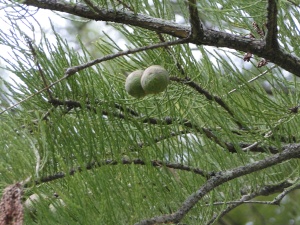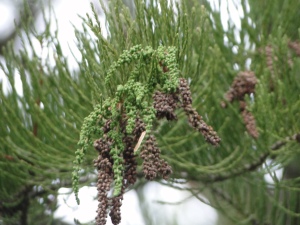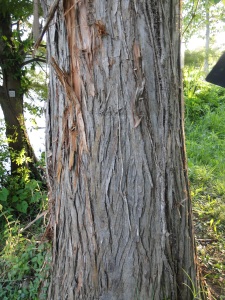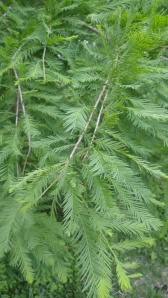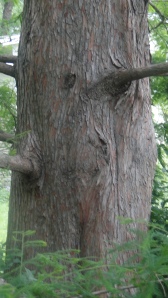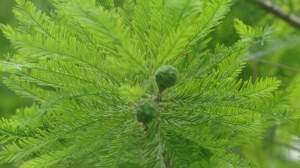Despite the beautiful light purple flowers, Bull Thistle grows a little too well for most gardeners’ liking. These are frequently considered weeds for their strong
taproots, extremely tolerant qualities, spiny/spiky foliage, and fast growth rates.
Cirsium vulgare (Bull Thistle, Spear Thistle)
Deciduous: yes
Hardiness Zones: 2-9 presumably (occurs in all 50 states in the U.S.A.)
Height: The taproot may extended 70 centimeters (28 inches) into the soil. During the second year of life, these may grow up to 1.8 meters (6 feet) tall.
Diameter: During the first year, Bull Thistle forms a basal rosette to 1 meter (3 feet) in diameter.
Growth Rate: fast
Age: biennial
Root System: taproot, strong
Family: Asteraceae
Subspecies: none
Tolerates: essentially any type of soil, drought
Problems (major): invasive
Problems (minor): sharp spines
Poisonous: no known toxins
Soil requirements: survives in all soil types; light/sandy, medium/loamy, heavy/clay, acidic, neutral, alkaline
Air requirements: not sufficiently researched
Watering requirement: prefers moist soils
Sun requirement: requires full sun, rarely part shade
Leaf shape: lanceolate to oblong, divergent lobes, spiny, pinnately lobed or pinnatifid (having leaflets or resembling a feather in some manner), “winged” or sessile (attached at the base of the stem without much obvious support) petioles
Leaf size: up to 40 centimeters (16 inches) long by 15 centimeters (6 inches) wide
Flower structure: The inflorescence is a corymb (a convex cluster of flowers) with up to 300 individual flowers (which may turn into small, wind-dispersed seeds known as “achenes”) at maturity. An vase-shaped “involucre” (a collection of bracts holding up the corymb inflorescence) holds up the purple flowers.
Flowering frequency: flowers in its second year of life from June until September
Bulb/tuber: neither, taproot
Monocot/Dicot: dicot
Annual/Biennial/Perennial: biennial
Notable characteristics:
The large purple corymbs are self-fertile and perfect (have both male and female sexual organs, making these plants monoecious). They’re extremely good at
staying alive, even when people don’t want them to be.
Uses:
Many herbivores, insects, and some birds use these thistle as food, either by eating the spiny foliage or consuming the nectar. Some small birds, insects, and
mammals use these for shelter or protection.
Sources used:
- http://plants.usda.gov/core/profile?symbol=civu
- http://www.usu.edu/weeds/plant_species/weedspecies/bullthis.html
- http://www.efloras.org/florataxon.aspx?flora_id=1&taxon_id=200023702
- http://www.missouriplants.com/Pinkalt/Cirsium_vulgare_page.html
- http://www.fcps.edu/islandcreekes/ecology/bull_thistle.htm
- http://www.pfaf.org/user/plant.aspx?LatinName=Cirsium+vulgare
- http://www.invasiveplantatlas.org/subject.html?sub=3393

A developing corymb and involucre

A flower at the beginning of development alongside foliage
All of the images provided were taken by me. They may be used for educational/informational purposes only, provided that this article/online journal is
appropriately cited first.







